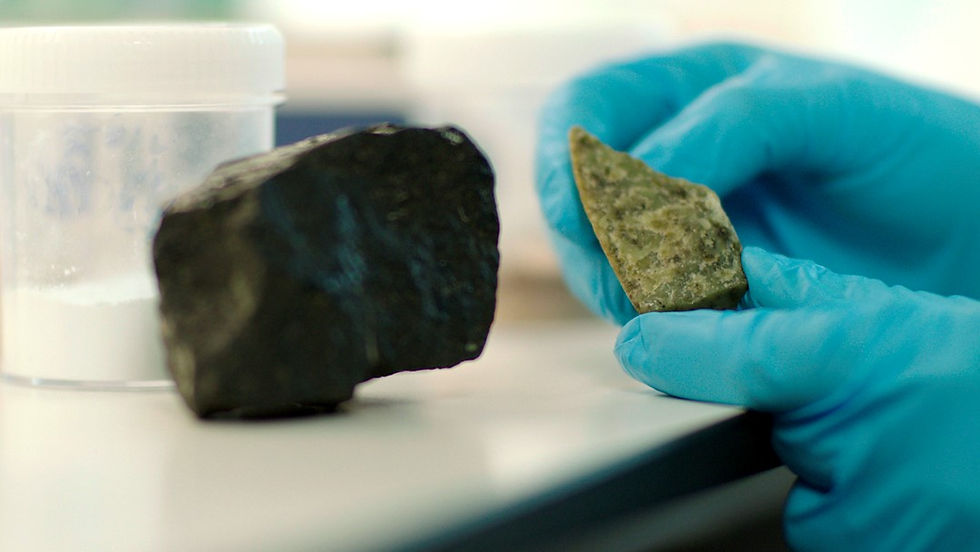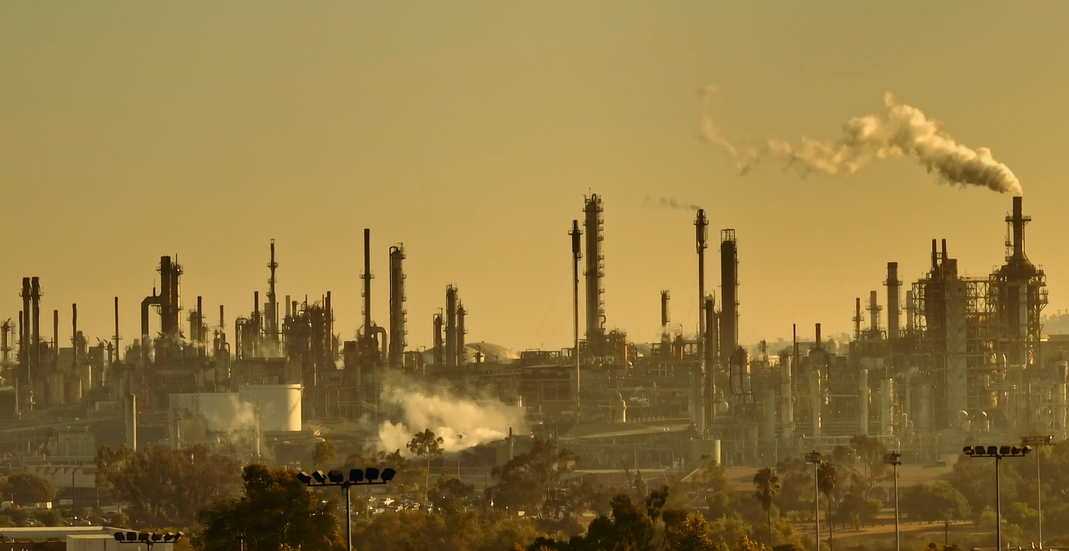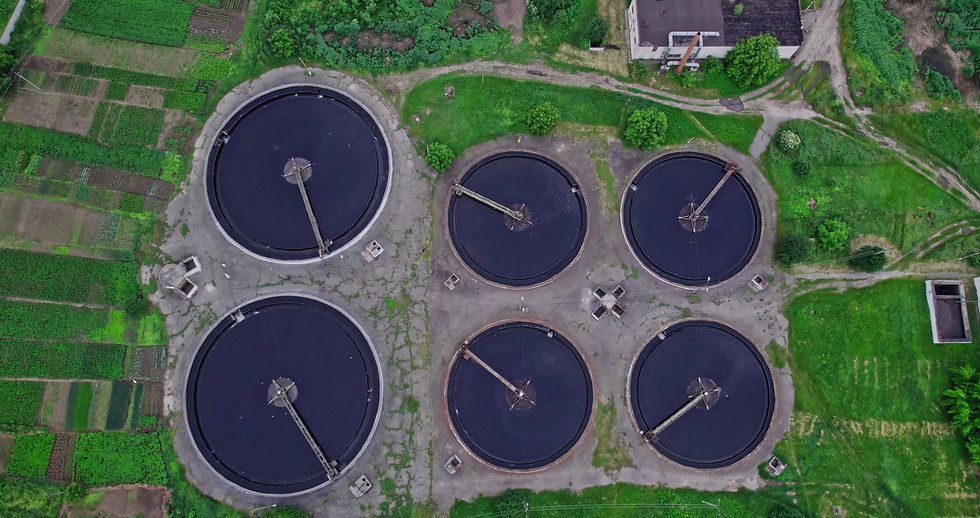From your body to the planet: how magnesium powers it all
- Anna Reid

- Sep 16
- 6 min read

Ever had a twitchy eye, broken sleep or aching joints? Chances are, someone has told you to up your magnesium intake.
Magnesium is one of those minerals the human body cannot do without, aiding over 300 enzyme reactions—those biochemical processes that make our bodies work.
But while it might be essential to keep us running smoothly, did you know this mineral has a far more impactful role to play in shaping a cleaner, sustainable future?
The chemistry of magnesium
On the periodic table, magnesium (Mg) is number 12. It was first discovered by Joseph Black in the mid-18th century, who ironically also discovered carbon dioxide when experimenting with magnesium carbonate (more on that irony later).

Magnesium is a common element, the 8th most abundant in Earth’s crust, and the 9th most common element in the universe. The ocean has loads of magnesium too, where it serves a similar biochemical function to marine life as it does to life on land.
In its elemental form, magnesium is an alkaline earth metal, but it is highly reactive, so it’s always found in a compound form, the most common ones being:
Magnesium carbonate (MgCO3) – found in rock deposits in China, Russia, Brazil and Austria
Magnesium sulphate (MgSO4) – formed in evaporated mineral-rich water, like salt lakes, caves and arid regions.
Magnesium chloride (MgCl2) – sourced from seawater
Magnesium silicate minerals (Mg2SiO4) - found in silicate rocks, like olivine
This chemistry, and its preference to form stable compounds with other elements, explains why magnesium is so versatile for industrial applications.
The many other uses of magnesium
Since its discovery, magnesium has been mined and refined for a range of industrial applications, which continue to grow.
Lightweight metal alloys
Imagine the car, plane or latest electronic gadget of the future. Product designers and manufacturers will tell you this: it’ll be made of magnesium. This alkaline earth metal is the lightest structural metal, and when alloyed with other lightweight metals such as aluminium or zinc, it creates a high-performance alloy for the aerospace, automotive and electronics sectors. As demand for fuel efficiency increases, magnesium alloys will become more prevalent across these growing sectors.
Wastewater treatment
While not as exciting as alloys, properly treated wastewater is something we can all get behind. Magnesium hydroxide, a compound of magnesium, offers controlled alkalinity, working to remove heavy metals and neutralise the 359 trillion litres of acidic wastewater produced globally by industry. The net result is water that flows back into our waterways that is safe for marine life and safe to re-enter the water cycle where we’ll eventually drink it. Magnesium’s uses in the wastewater treatment sector go beyond just acid neutralisation with qualities that help with anti-corrosion, odour management and biogas refining.
Agriculture and soil remediation
We need magnesium to function and so do plants. Fertilisers made of magnesium compounds, like magnesium oxide can boost soil health for better plant productivity. Plus, because of magnesium’s alkalinity and ability to easily react with other elements, heavy metals and other toxic elements can be immobilised in contaminated soils. This reduces the chance of those toxins leaching into groundwater or being taken up by plants and getting into our food.
Carbon dioxide mineralisation
When Joseph Black discovered he could release carbon dioxide from magnesium carbonate, little did he know that a couple of hundred years later we’d be uncovering ways to reverse engineer that discovery. Today, the compound magnesium hydroxide can be used to sequester and mineralise carbon dioxide back into a stable carbonate compound – magnesium carbonate. This frontier application leverages magnesium’s highly reactive nature and can provide heavy CO2 emitters with a relatively low-friction, high-efficacy pathway to reducing their scope 1 emissions.
Human health
Often called the ‘relaxation mineral', magnesium plays a vital role in keeping our bodies balanced, calming our nervous system, easing muscle tension and supporting restful sleep. We get magnesium from the foods we eat, but if we’re deficient we may need supplements, typically made from mined sources like minerals deposits or seawater.
The problem with today’s sources of magnesium
Magnesium is a true workhorse in today’s industrialised world. But despite its seeming abundance it is also on every nation’s strategic critical minerals list.
This is driven by three factors: access issues, supply chain risks and unsustainable production processes.
Global access to magnesium is limited
Most of today’s magnesium is produced from magnesium carbonate or magnesite. Russia has the largest reserves of magnesite, followed by North Korea and China, who is the largest producer of magnesium in the world, supplying 85-90% of all magnesium. China is also the world’s largest producer of magnesium metal. This concentration of source and production can throttle global access and impede day-to-day operations for essential industries as well as hinder innovation.
Long, complex supply chains bring risk
Recent world events in the geo-political sphere have highlighted the problems with securing a consistent, on-time supply from far-away places. Magnesium supply is no different. The concentration of production, paired with tariffs, trade-war potential and an increasing demand for high purity magnesium will see global supply chains stretched to breaking point. End users may be left without a supply of this essential industrial input.
Unsustainable production methods
Magnesium may provide a solution to dealing with heavy industry CO2 emissions, but traditional calcination process to extract it is energy-intensive and can release as much CO2 as magnesium hydroxide can capture. The Pidgeon process used to create the metal alloy is also energy intensive.
Magnesium metal extracted from seawater using electrolysis is cleaner as it can be powered by renewable energy. But the energy demand is still high and with low concentration of magnesium ions in seawater, a lot needs to be processed to be efficient.
A new source for magnesium: olivine + Aspiring Materials
If magnesium is essential for today and in a future that requires high performance materials, fuel efficient transport, high yield agriculture, safe food chains and clean water, we need a new sustainable and accessible source to satisfy these demands.

Magnesium silicate minerals hold the solution, and Aspiring Materials has unlocked that opportunity.
This form of magnesium starts out deep in Earth’s mantle in magnesium silicate minerals such as olivine, serpentine and talc. Over millennia these minerals are formed into rocks, which are pushed to the surface through tectonic activity. The mantle is largely made up of olivine, so this source of magnesium can be found on every continent.
With the breakthrough Aspiring Process the code has been cracked for access to high purity magnesium from olivine-rich rocks without waste and with near-zero emissions. Teamed with the global abundance of these magnesium silicate rocks, Aspiring Materials can also alleviate the access and supply restrictions of magnesium for every nation.
Magnesium makes the world run better
This amazing abundant mineral is central to helping us run better, and the world too.
A source for high-performance lightweight metal, for acid neutralising alkalinity, for nutrients and most recently, for curbing emissions from hard-to-abate industries, magnesium is an essential element for a cleaner, sustainable world.
As innovations continue to unlock its potential, magnesium is poised to play a pivotal role in environmental and industrial transformation. Now, with advanced sustainable processes like the Aspiring Process, access and supply issues become a thing of the past and industries the world over can count on a localised source to power their operation and our futures.
Aspiring Materials has developed the Aspiring Process to extract magnesium, silica, iron as well as nickel, manganese and cobalt from olivine-rich silicate rocks. Our unique patented process is now operating at our pilot plant in Christchurch Aotearoa New Zealand, producing high-purity industrial grade critical minerals. To find out more about how our magnesium or any of our other products could benefit your operation, or to collaborate on field trials, please do get in touch.




















Comments